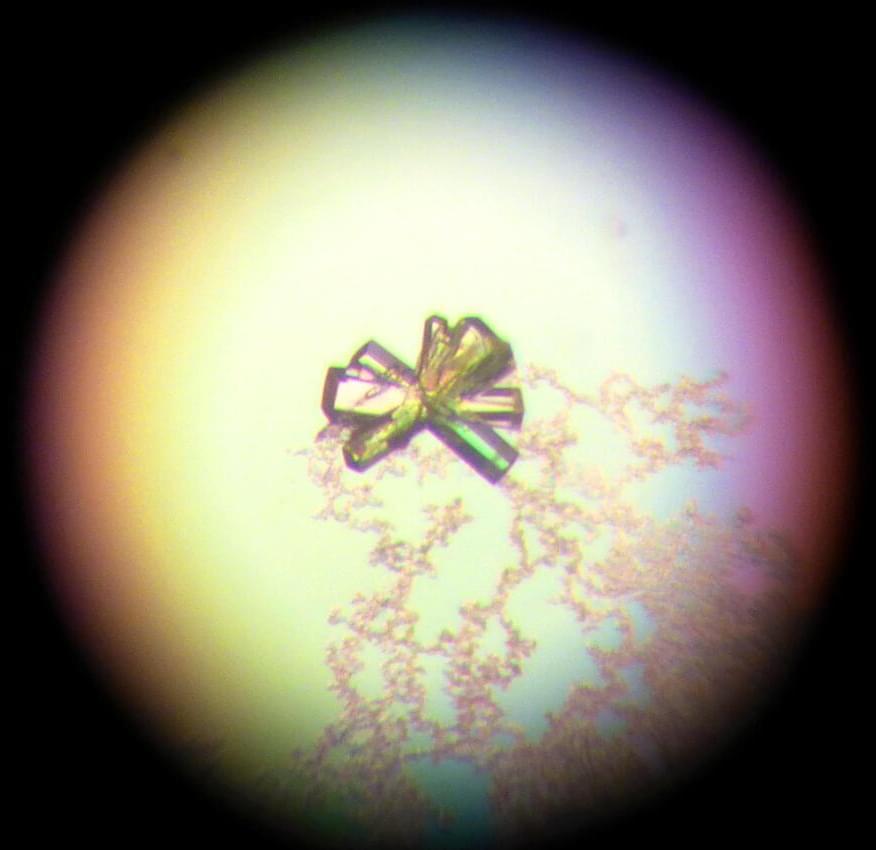Sep 7, 2024
Uncertainty Minimization and Pattern Recognition in Volvox Carteri and Volvox Aureus
Posted by Dan Breeden in categories: biological, computing, neuroscience
Learning and a spectrum of other behavioral competencies allow organisms to rapidly adapt to dynamically changing environmental variations. The emerging field of diverse intelligence seeks to understand what systems, besides ones with complex brains, exhibit these capacities. Here, we tested predictions of a general computational framework based on the free energy principle in neuroscience but applied to aneural biological process as established previously, by demonstrating and manipulating pattern recognition in a simple aneural organism, the green algae Volvox. Our studies of the adaptive photoresponse in Volvox reveal that aneural organisms can distinguish between patterned and randomized inputs and indicate how this is achieved mechanistically.


















